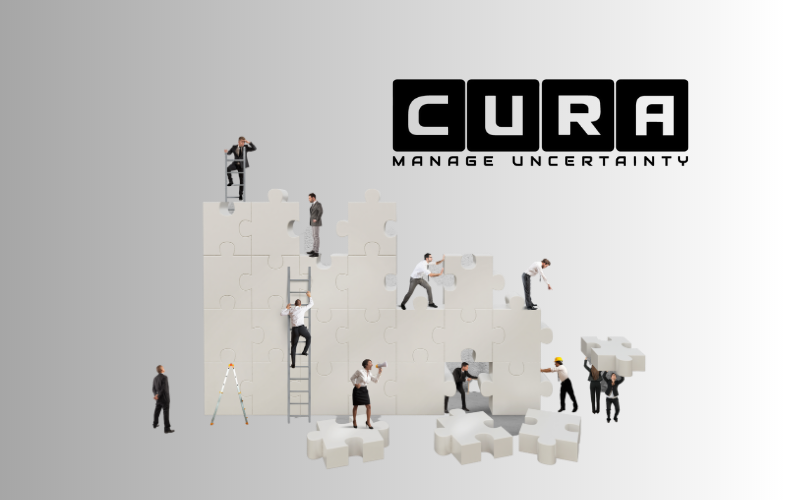Risk assessments conducted without a common methodology can cause risk data to be created in an unstructured fashion. This eventually poses challenges when normalizing the way identified risks are measured, managed and mitigated. One way organizations keep their risk assessments focused and structured is through Bow-Tie analysis. Named for how the risk assessment resembles a picture of a “bow-tie” when completed, the Bow-Tie analysis method is used for risk assessment, risk management and especially for effective risk communication.


How does Bow-Tie work? Consider the following scenario: A fortune 500 pharmaceutical company is implementing an enterprise-wide risk management (ERM) program. Armed with a well-defined risk appetite and the organization’s strategic objectives, the risk team intends to conduct several risk assessment workshops. The objective is to identify key strategic risks that will set the tone for the company’s risk management program.
For this risk assessment scenario, let’s analyze a common drug production risk/hazard (fermenter contamination caused by bacteria) using the four steps in the Bow-Tie analysis method.
Step 1: Identify the risk/hazard. In this case it is Fermenter Contamination.
Step 2: Identify the significant event that occurs when a fermenter is contaminated. In this case, it is contaminated drugs.
Step 3: Based on the significant event, the assessment team will list the possible threats (such as consumer safety issues, production losses and additional contamination) on the left side and the potential consequences (such lawsuits, negative press/perception and a failed drug release) on the right side as follows:
Bow-Tie Risk Assessment
Step 4: The risk team introduces a threat barrier and recovery measures as detailed below. A threat barrier constitutes of a set of preventive controls that can be implemented to prevent the risk while recovery measures prepare the team to react if the significant event were to occur.
The resulting diagram is a visual risk analysis and management plan for the Fermenter Contamination scenario risk using the Bow-Tie analysis method.
Bow-Tie Risk Assessment
For more information on how CURA Software helps its customers perform enterprise risk management using Bow-Tie analysis, contact us or schedule a live software demonstration. As always, we welcome your feedback.










